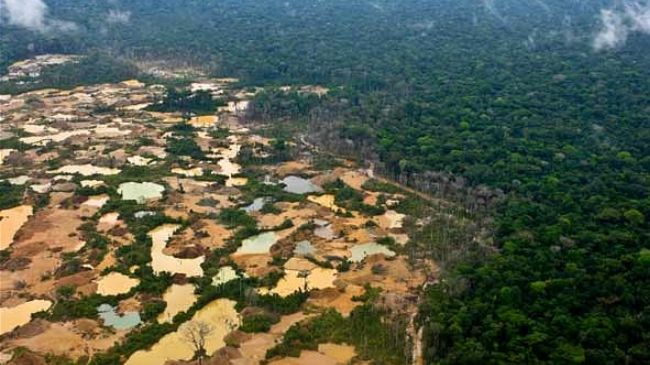
The Carnegie Institution for Science published Monday a study showing that Peru's indigenous people living in the Madre de Dios region have the highest traces of mercury contamination among any other group.
About 76.5 percent of the people living in the region, both rural and urban areas, were found to have mercury levels more than five times the maximum acceptable levels and 2.3 times greater than those in non-indigenous communities, the report showed.
Moreover, the indigenous children had three times more mercury in their bodies than children from non-native communities.
"Most of the communities that had the highest concentrations of mercury were native communities...[with children being] 10 times more sensitive to the effects of mercury," said the project director, Luis E. Fernandez.The study was conducted on 1,029 people from 24 communities who lived in voluntary isolation where Lima has failed to control informal mining.
Three times the amount of mercury is used to extract every gram of gold, a condition which leads to the release of more than 40 tons of toxic metal into the environment and the poisoning of the food chain.
Up to 60 percent of species of fish in the region were found to contain mercury beyond acceptable levels.
Meanwhile violent protests have erupted over the government's efforts to halt illegal mining in the region.
Lima has extended until August 2014 a deadline requiring the estimated 40,000 miners to formalize their claims or leave.
Illegal miners are reportedly able to make up to USD 30,000 per day without paying taxes on their gold extractions.
Eighteen tons of gold is extracted from the region every year, according to government officials.
Government estimates show that the deforestation of the area for mining, as well as agriculture, has caused at least 18,000 hectares of the rainforest to be transformed into desert.
Environmentalists say the government has known for years of the destructive and illegal activities in the region, but has previously failed to act.



Reader Comments
to our Newsletter